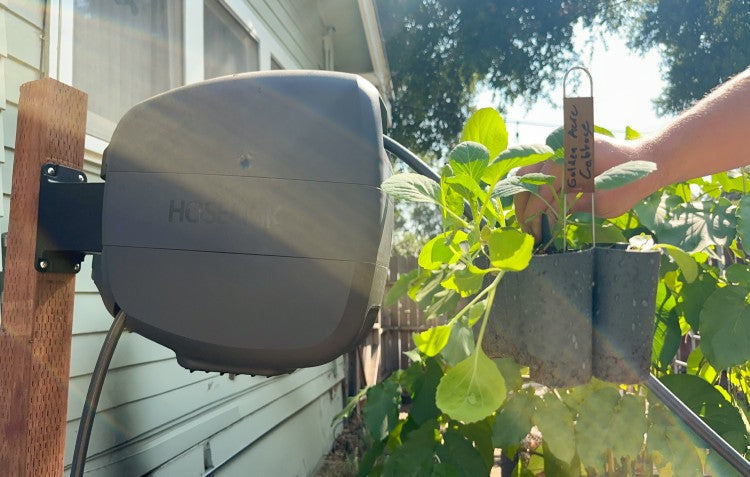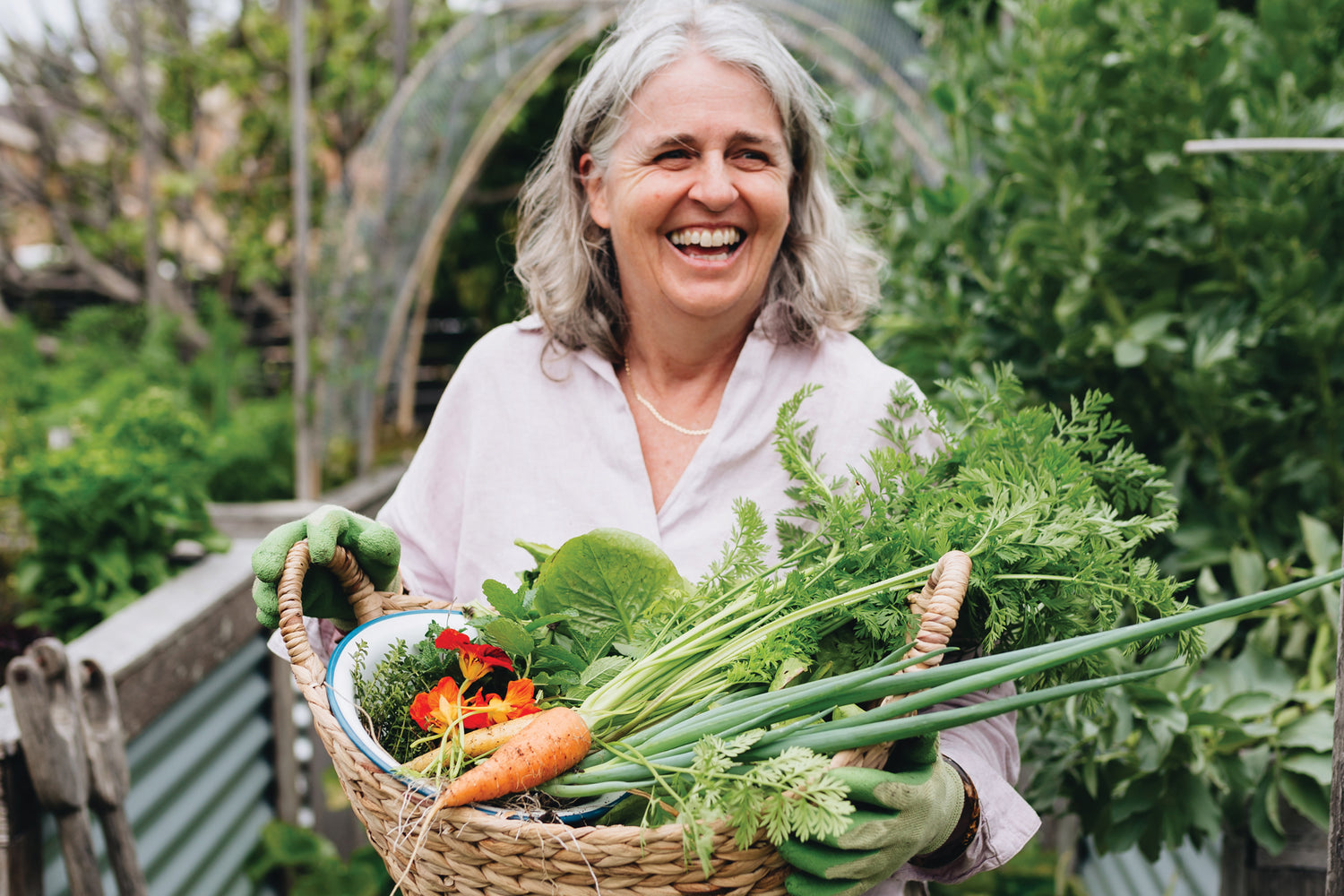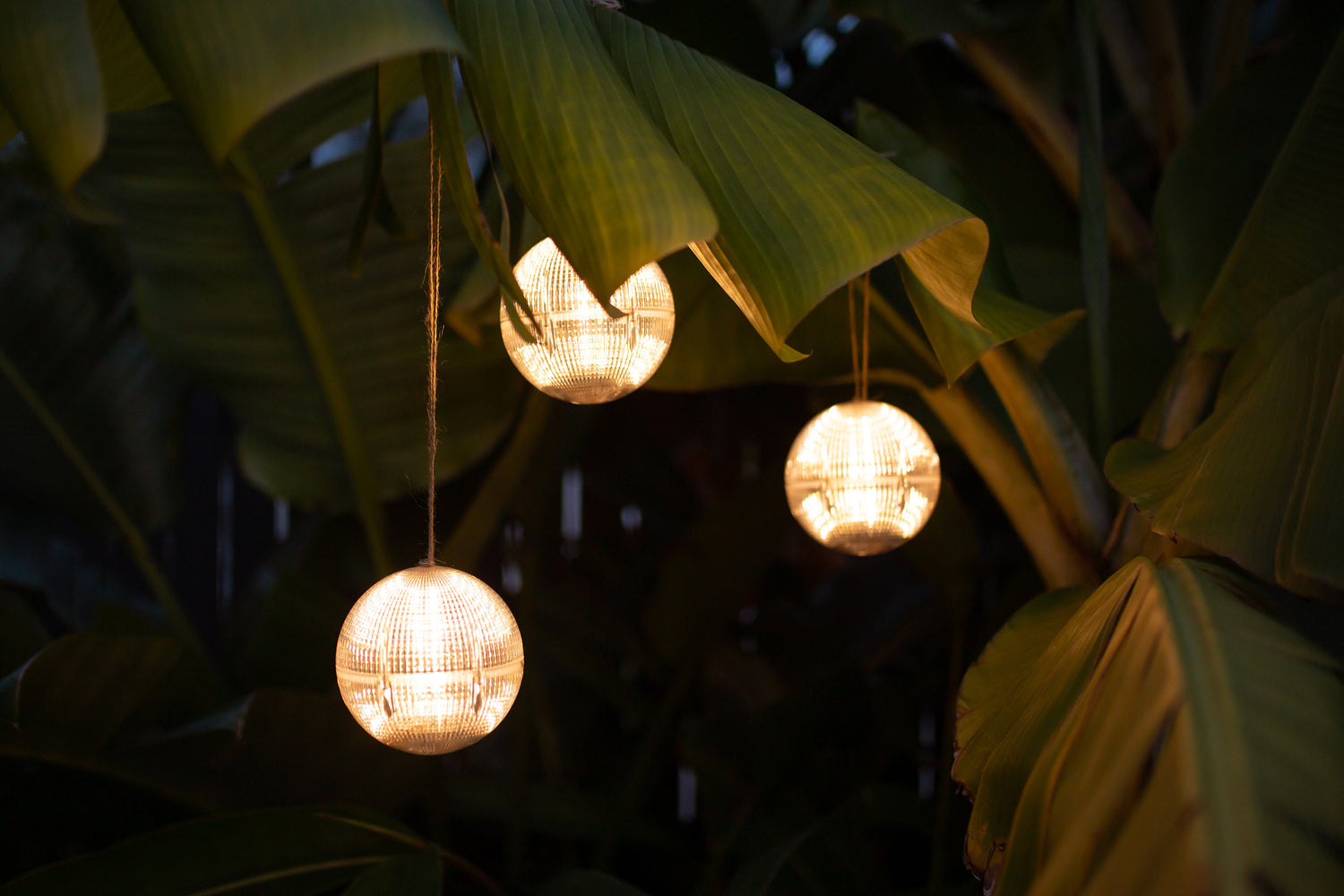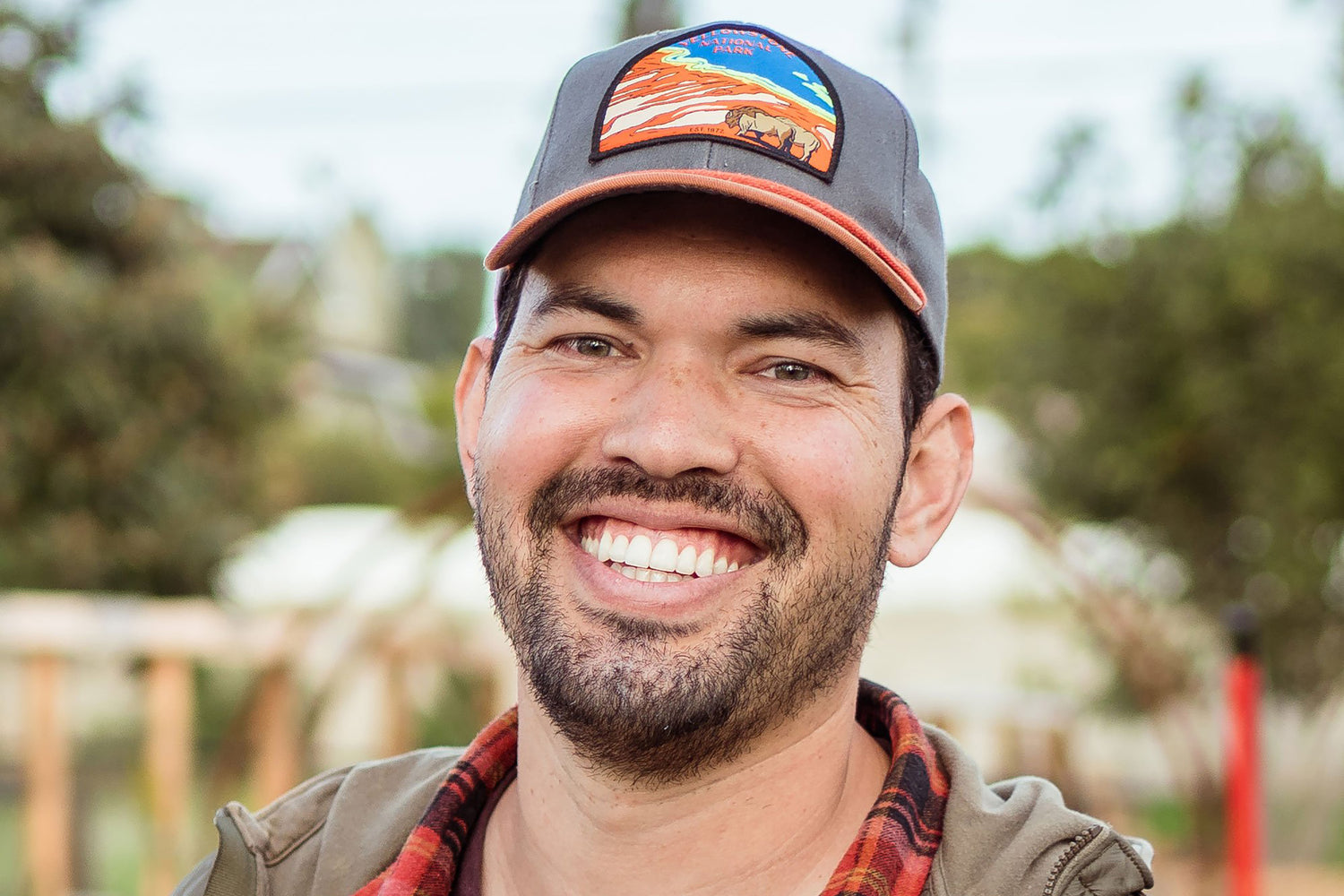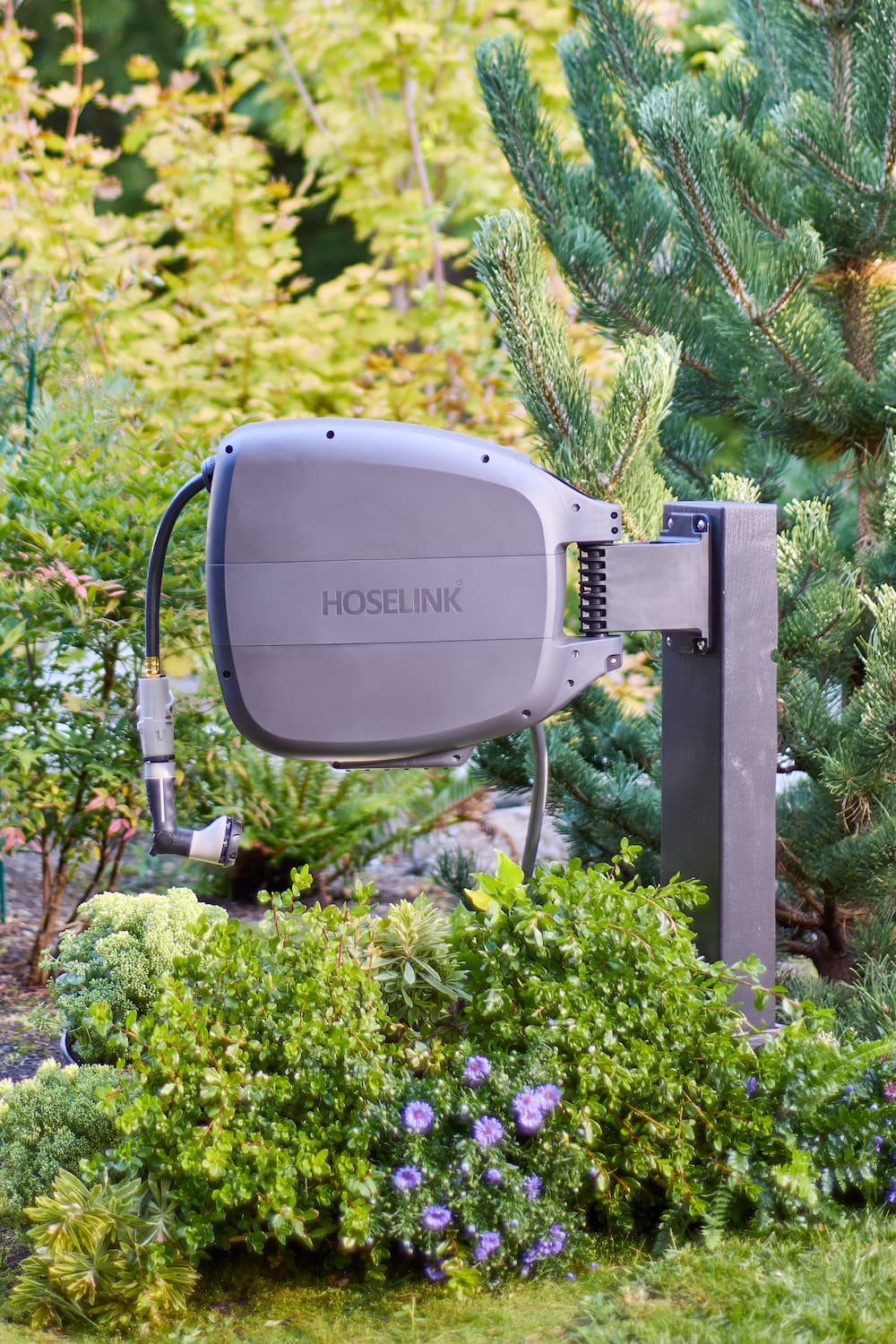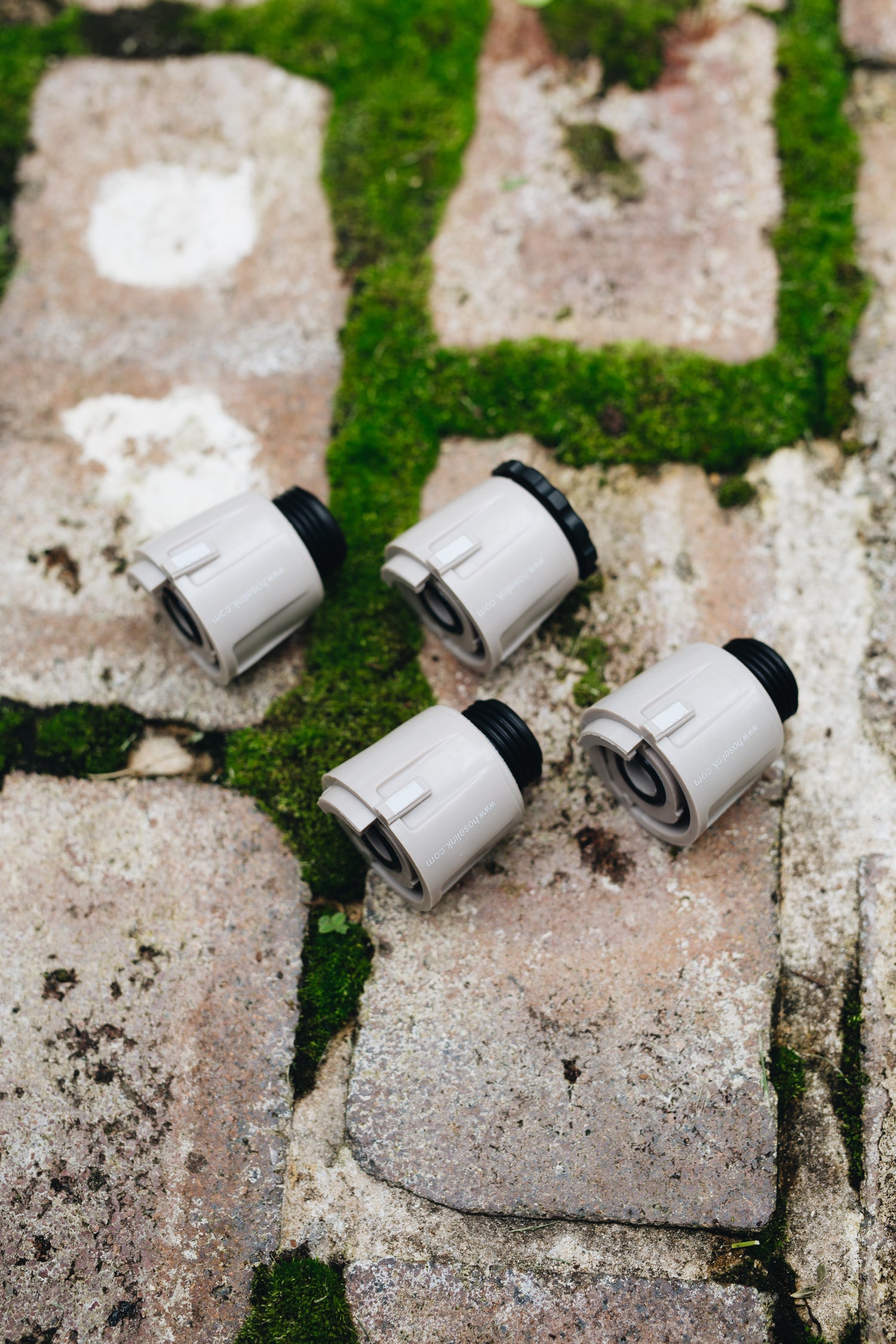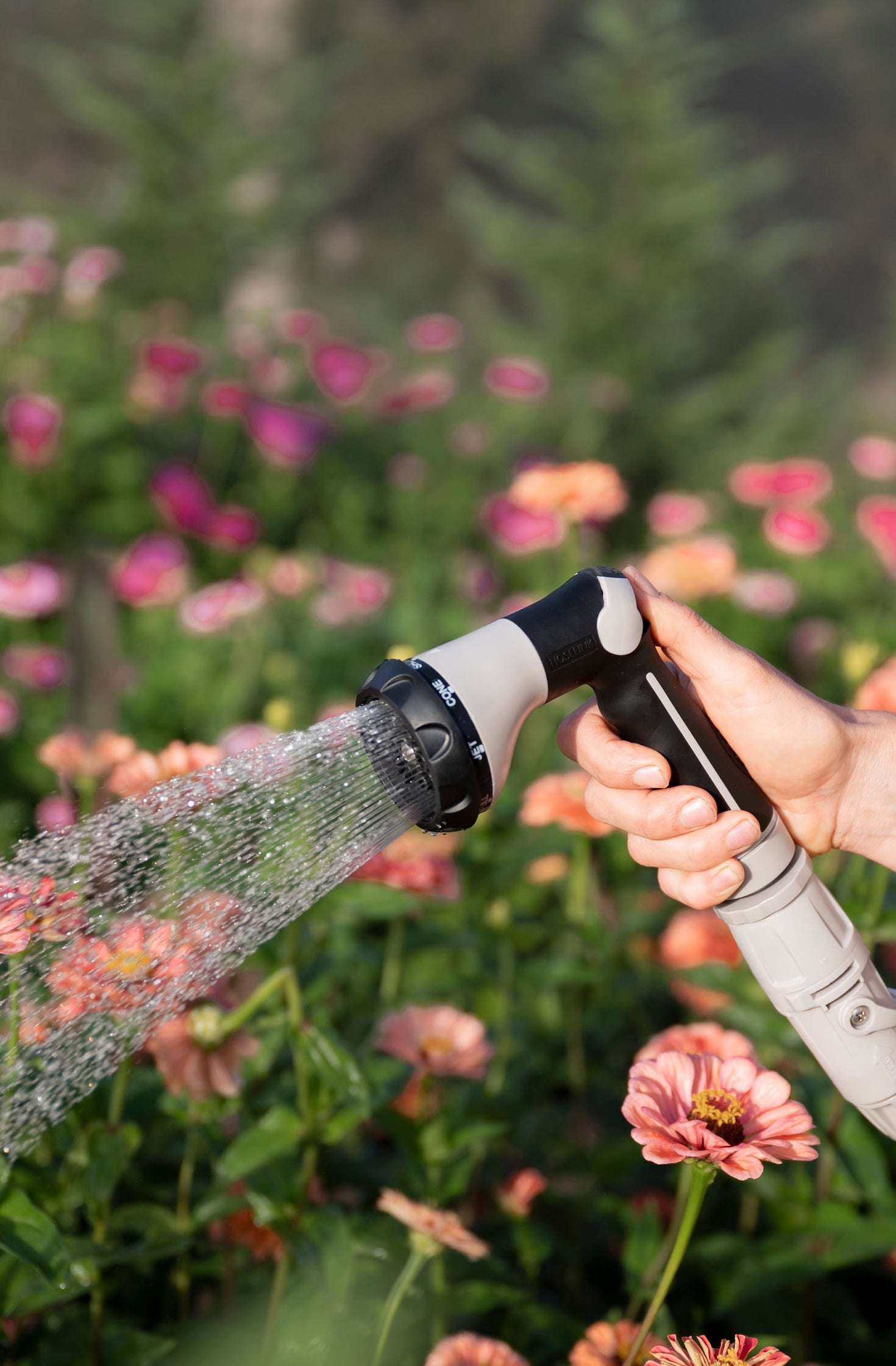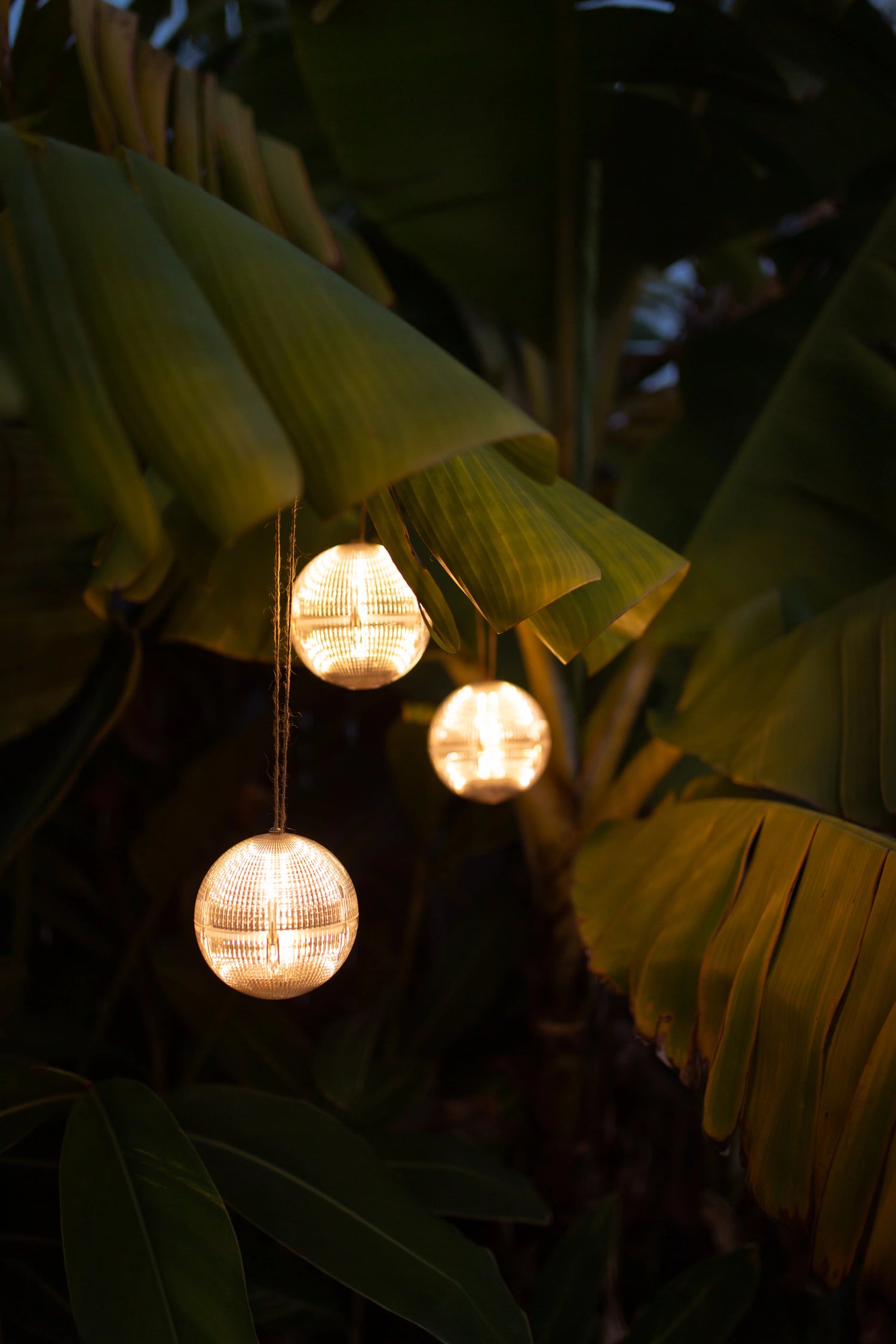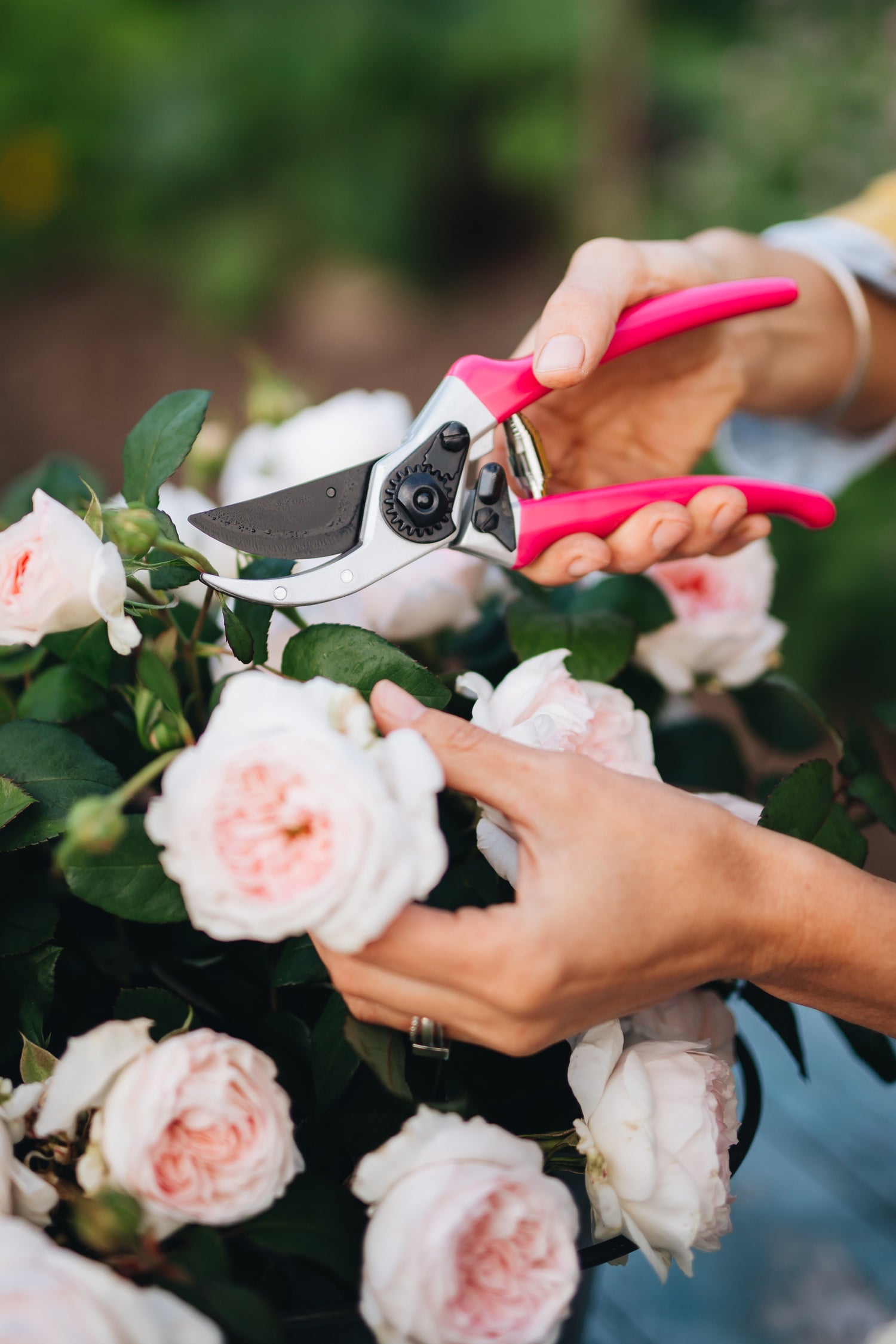After months of watching gardeners in cooler zones plant their fall crops, our time here in Zones 9 and 10 has finally come. While many are shutting down their gardens, or have already enjoyed their early taste of fall weeks ago, now is the moment for us to revel in that cool-season glory (and we get to do it longer, but who is counting). Any lingering summer plants you’ve been holding onto are due for retirement, and it’s the perfect moment to direct sow seeds or transplant seedlings in their place.
Whether you’ve already started your fall seedlings or need to grab transplants from your local nursery, this is your window to get them in the ground. Think leafy greens, potatoes, alliums, and favorites like ranunculus that thrive when the weather cools.
Below are a few key things to focus on as we settle into the new season.

Get It in the Ground
Now’s the time to get your cool-season crops planted while the soil still has some warmth left. In my garden, that means transplanting the seedlings I started a month or two ago like my brassicas, artichoke, and leafy greens. My potatoes are about to be delivered and put in the ground, the hard-neck garlic that’s been chilling in the fridge is ready to be planted, and the soft-neck garlic is going in immediately. This is also a great time to direct sow lettuce, other leafy greens, kale, Swiss chard, spinach, arugula, mustard greens, radishes, turnips, beets, carrots, and cilantro. Legumes like peas and beans benefit from a few hour, or overnight soak, but are perfect candidates as well.

Cool-season planting is all about taking advantage of the mild days and cool nights to establish roots before winter settles in. It’s a short window in our zones, but a powerful one, the better your crops root now, the more resilient they’ll be heading into spring.
Composting: Turn Your Cut-Backs into Fuel
If you’ve never composted before, this seasonal changeover is one of the best times to start as you’ll rarely find such a perfect balance of ingredients for a new pile or tumbler. As you pull out tomato vines, pepper plants, and other summer crops, you’ll end up with a heap of “greens,” nitrogen-rich material, right when your yard and trees are starting to drop the first round of leaves, which provide the “browns,” or carbon. Together, they make ideal compost fuel, which can in turn feed your garden for seasons to come.

If your pile is leaning heavy on browns like dry leaves or grass clippings, just add moisture with a gentle mist or shower setting from your hose. Keep it damp, not soaked, and turn it occasionally to keep things active. Within a few weeks, you’ll start to see steam and smell that sweet, earthy scent that tells you everything’s breaking down beautifully.
Feed Your Soil
Whether you cleared your garden beds last month or are just now cutting back summer crops, this is the perfect time to set your soil up for success. 1-2 inches of compost is good for healthy, well-amended soil but if you had a particularly productive summer adding another inch can be beneficial. Diversifying your amendments will further enrich your soil, both for this season and the season to come, and for this I like to use a small amount of biochar, worm castings and a well rounded organic granular fertilizer (you can use a formulation specific to what you’re growing if you wish).
Once your amendments are in, also think about what will keep feeding your soil naturally. Planting nitrogen-fixing crops like peas, beans, or native lupines and flowering legumes will steadily enrich the soil all season. Perennial legumes like popcorn cassia are also a wonderful addition, though you may find yourself trapped by its flowering beauty and lose that space, so be warned (speaking from experience).

If you’ve been meaning to establish a living ground cover, now is your best shot. Clover, alfalfa, or a low wildflower mix will germinate easily in the cooler weather, helping to outcompete weeds and build organic matter. For anyone dreaming of a sustainable lawn or meadow-style space, sowing now gives those roots time to settle before the heavier rains arrive.
Don’t Forget the Flowers
As summer’s bold blooms fade, it’s easy to forget that flowers still belong in the fall garden. But this is one of the best times to sow wildflowers, they’re low-effort, high-reward, and a magnet for pollinators that will keep your ecosystem balanced all year.
All you really need to do is scatter the seeds over loosened soil, press them in lightly, and let nature take it from there. You can water them gently or simply wait for seasonal rain. In Southern California, I’m sowing California Poppy, Clarkia, and more, all of which wake up beautifully with just a bit of moisture and cooler nights. Choose native species suited to your region, and you’ll have color, life, and pollinator support all season long.
Wrapping Up
Fall in Zones 9 and 10 isn’t an ending, it’s just the beginning. This is when we compost what’s done, plant what’s next, and feed the soil that will carry us through another year of growth. So take the time to clear out what’s tired, tuck in what’s ready, and enjoy this rare, steady rhythm of renewal while the rest of the country heads indoors.

